Is your Olive Oil fake or “cut” with inferior oils? Check this list!
Quality of food is one of the the most important factors in determining the quality of your health. If you’re using extra virgin olive oil for better heart health, clear skin, healthy gallbladder & liver and to avoid genetically modified oils such as canola oil or high heated rancid vegetable oils, that’s great! But, what if your olive oil really isn’t olive oil at all?! What is the brand you buy has unbeknownst to you been “cut” with sunflower, safflower or canola oil, then mixed with perfumes and green dye to look and taste like olive oil? Your liver/gallbladder flush detox will absolutely not work if your extra virgin olive oil wasn’t actually olive oil. Also, for anyone with food allergies, and especially anyone with sunflower seed or sesame seed allergies, it’s absolutely critical to not eat an adulterated olive oil. If you have irritable bowel syndrome or any type of inflammatory bowel disease, then you definitely want to avoid fake olive oils, especially since other cheap oils can create more inflammation in the gut (and the rest of the body too, including arthritis and gout). Not to mention trigger major brain fog too! Scroll down to check the list of unsafe olive oils vs. safe brands you can trust.
All information in this article is for educational purposes only.
It is not for the diagnosis, treatment, prescription or cure of any disease or health condition.

Learn how to make sure what you are buying is what you are getting with your olive oil!
More than 2/3 of olive oil imported into the USA is NOT olive oil!
A University of California Davis (UCD) study found that most olive oil imported into the United States fails to meet the international criteria for “extra virgin.”
The study found that 73 percent of 134 samples of the five top selling imported extra virgin olive oil brands failed the International Olive Council (IOC) sensory standards based on the results of two IOC-accredited sensory panels.
Sensory defects are signs that the oil samples were oxidized, of poor quality or adulterated with cheaper refined olive oil.
An earlier UCD study released in 2010 found that 69 percent of samples of imported olive oils labeled as extra virgin and sold in California failed to meet international extra virgin standards since the oils were too old, poorly made and/or adulterated.
How can you know if your olive oil is REAL or FAKE?
Don’t be a victim to the olive oil fraud. Check your brand against the UC Davis study results below:
These brands FAILED THE TEST to meet extra-virgin olive oil standards:
- Bertolli
- Whole Foods
- Felippo Berio
- Carapelli
- Mezzetta
- Pompeian
- Mazola
- Primadonna
- Colavita
- Sasso
- Antica Badia
- Star
- Safeway
- Coricelli
These brands PASSED THE TEST and met the standards for extra virgin olive oil:
- Lucero
- McEvoy Ranch Organic
- Corto Olive
- Omaggio
- Bariani Olive Oil
- California Olive Ranch
- Lucini
- Ottavio
- Cobram Estate
- Olea Estates
- Kirkland Organic
Did you notice that the beloved Whole Foods brand FAILED the test? This is just to emphasize that you cannot simply trust in a company with good branding and nice advertising and believe that what they are selling is ok. (For more on this read my article called Why I don’t buy 90% of the “food” at Whole Foods.)
Personally, I buy California Olive Ranch Extra Virgin Olive Oil. This brand, while not organic, does not give me any of the side effects that I can feel when being “hit” with canola oil (extreme fatigue, bloating/gas, brain fog for 4-6 hours after), it tastes good, smells good and it’s in the Passed the Test list. While not organic, it’s at least what I call a “safe” food. They also have the Non-GMO project verified logo on the label which I always look for when buying a non-organic food. I can find this brand at most normal supermarkets where I live in North Carolina.
Why would companies sell cheap alternatives that are dyed and perfumed to taste like olive oil?
The olive oil industry is BOOMING. We’re talking billions of dollars every year. And there just aren’t enough olives grown to keep up with demand. In fact, tampering with olive oil to make more money is not a new scam. Even the Romans were known to have done it!
How else can you check your olive oil to know if it’s safe?
In his book Extra Virginity: The Sublime and Scandalous World of Olive Oil by Tom Mueller, there is one thing he wrote that really stuck with me. He said: If you are paying LESS than $10 a liter for your extra virgin olive oil, then it’s not olive oil. That book was published in 2012 so I could reasonably estimate the number to be even higher today! In short, you get what you pay for with olive oil. Don’t settle for less, because your health is so much more valuable and important than anything else!
How to choose good Extra Virgin Olive Oil
Here are a few more tips from Tom Mueller’s book Extra Virginity that can help you navigate the deceptive olive oil market:
- Look for olive oil with a “best by” date, or better yet..a date of harvest. Try to buy oils from this year’s harvest. “Best by” date is usually 2 years after an oil was bottled, so if you see a date that is 2 years away, the oil in more likely to be fresh.
- Phrases like “packed in Italy” or “bottled” in Italy do not mean that an oil was made in Italy, or even made with Italian olives. Generally speaking, avoid oils where a precise point of production – a specific mill – is not specified on the label.
- Don’t pay attention to the color of an oil. Good oils come in all shades, from vivid green to gold to pale straw. Both in flavor and aroma, genuine extra virgin olive oils have a marked fruitiness reminiscent of fresh olives, and typically some level of bitterness and pepperiness.
- Choose dark glass bottles over other containers that protect against light, and buy a quantity that you will use fairly quickly. Even an excellent oil can rapidly go rancid when left sitting under a half-bottle or air.
- Make sure that your oil is labeled “extra virgin,” since other categories – “pure” or “light” oil, “olive oil,” not to mention “olive pomace oil” – have undergone chemical refinement which strips away olive flavors and many of the oil’s health benefits.
- Finally, remember: If you are paying LESS than $10 a liter for your extra virgin olive oil, then it’s NOT olive oil.







How to Eat Clean: Start with Green Smoothies!
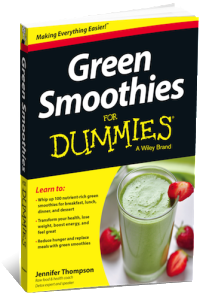 Check out my book Green Smoothies for Dummies – I’ve got loads of recipes using dark leafy greens and many delicious combos without any chemical additives, flavorings or refined sugar. It’s so easy!
Check out my book Green Smoothies for Dummies – I’ve got loads of recipes using dark leafy greens and many delicious combos without any chemical additives, flavorings or refined sugar. It’s so easy!
Clean your body from the inside out and watch your skin improve, your hair and nails get stronger, your eyes look brighter and your waistline slim down….all naturally and effortlessly! It’s simply amazing and your only regret will be that you didn’t start drinking green smoothies sooner.
When you take care of your whole body, you get whole body health.
When you let your food be your medicine, you are always moving towards better health.
Find the book Green Smoothies for Dummies on iTunes or amazon.com!
For more on how to achieve your health goals and actually start feeling great, book a private health consult with me via Skype.
How to Book Your Health & Nutritional Coaching Session:
1. Take photos of your eyes with a smart phone or digital camera.
2. Email the photos to me for approval for Iridology Analysis.
3. We schedule a time to meet via phone or Skype!
More on Food Labels:
- Sea Salt with Chemical Additives?! Check for E535 & E536 Yellow Prussiate of Soda (YPS)
- Why I don’t add Almond Milk, Soy Milk or Coconut Water to Green Smoothies
- Restaurant Cards for Celiac, Gluten-Free & MSG-Free
- MSG hidden in Packaged Foods: Why I don’t buy 90% of the ‘food’ at WholeFoods
- What’s Wrong with Vegenaise
More on Food Additives and Food Allergies:
- Restaurant Cards for Celiac, Gluten-Free & MSG-Free
- The ‘New’ MSG – Is it even more deadly than MSG itself? Ribonucleotides & The Ribo Rash
- Raw Food and Green Smoothie Classes in Seoul, Korea
- The Truth in Food Labeling – Food Additives to Avoid & Hidden Sources of MSG
- Why I don’t add Almond Milk, Soy Milk or Coconut Water to Green Smoothies
More on Genetically Engineering Foods:

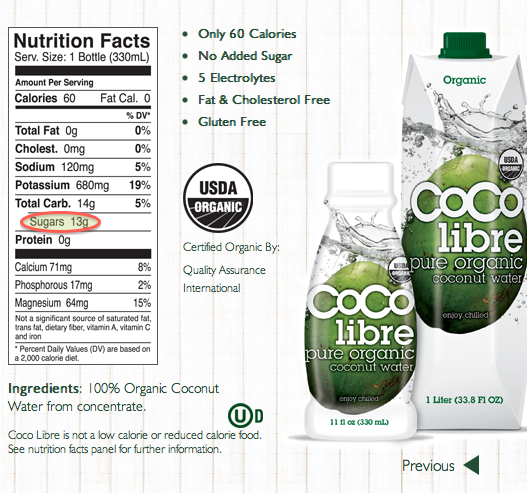
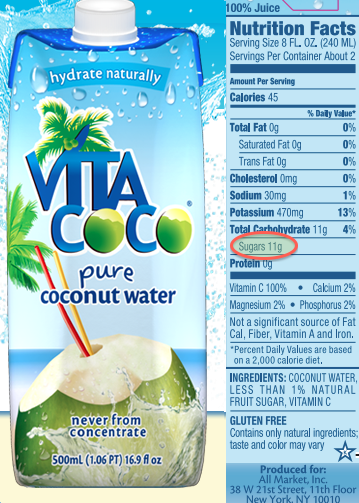
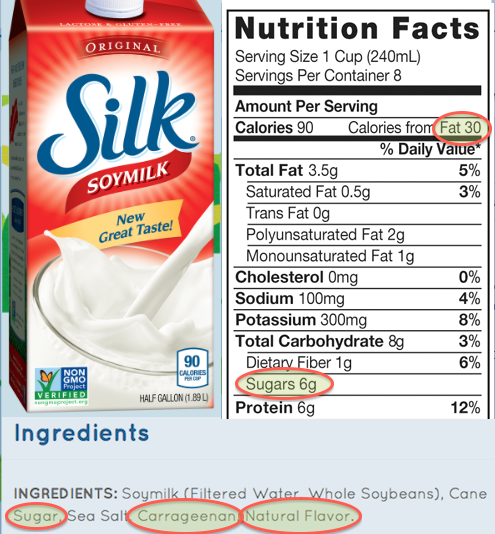
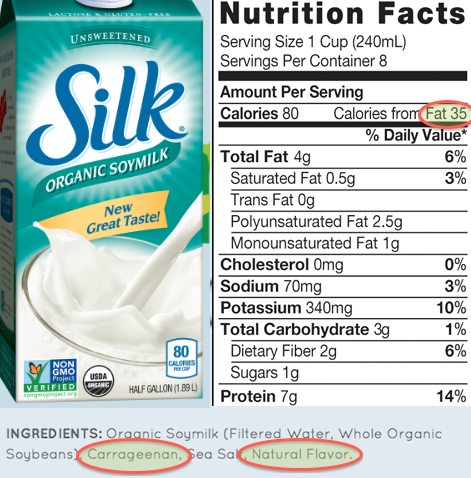
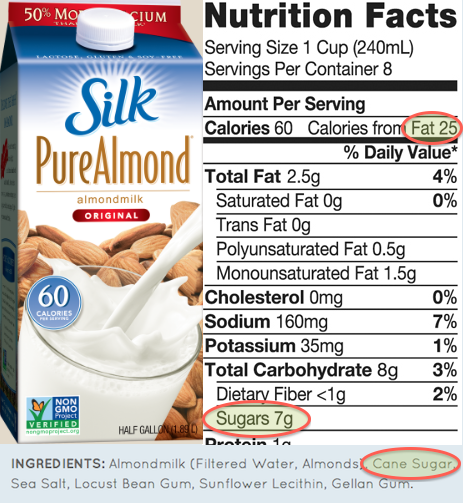
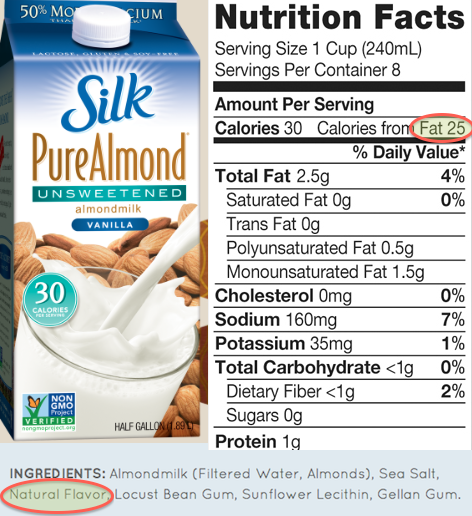







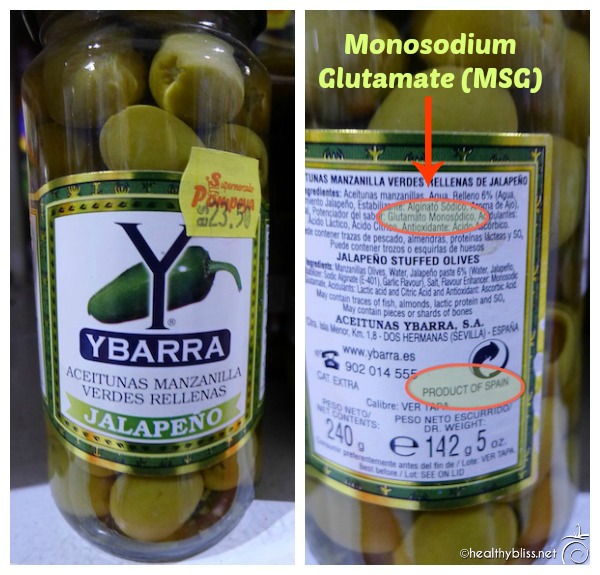


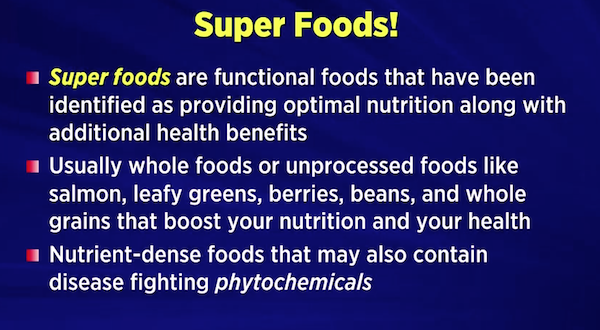
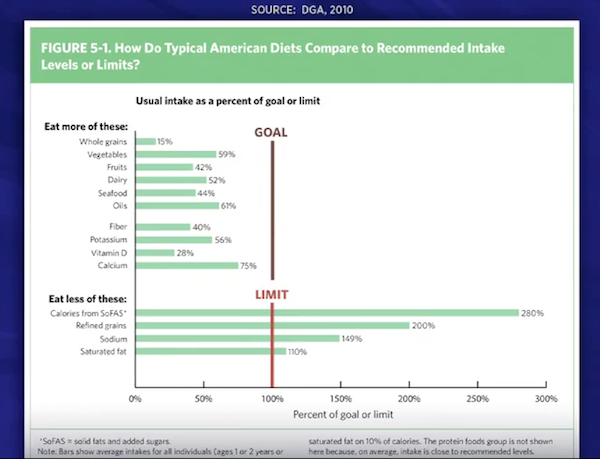
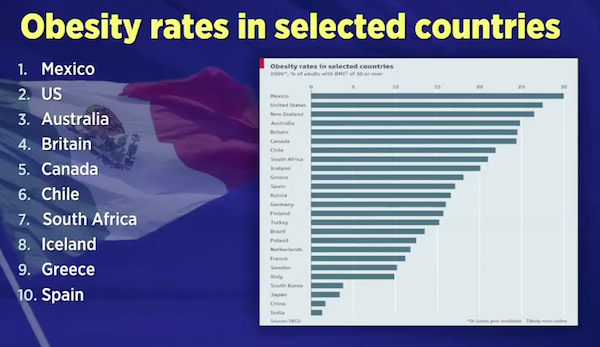

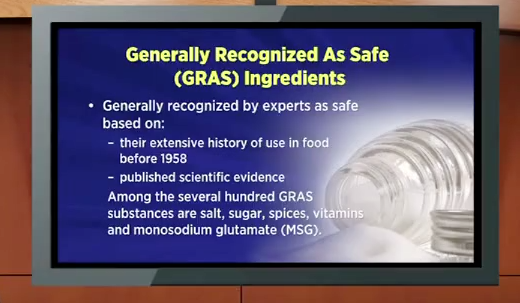



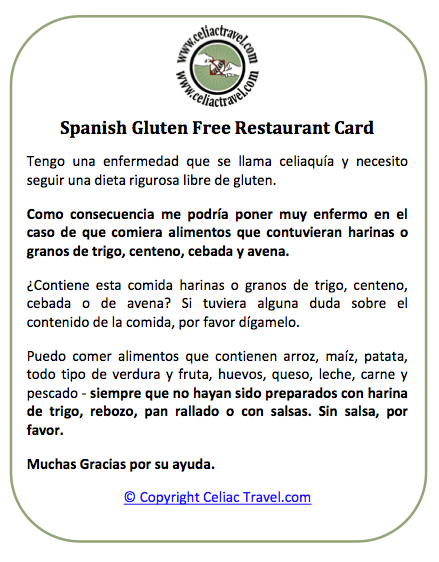
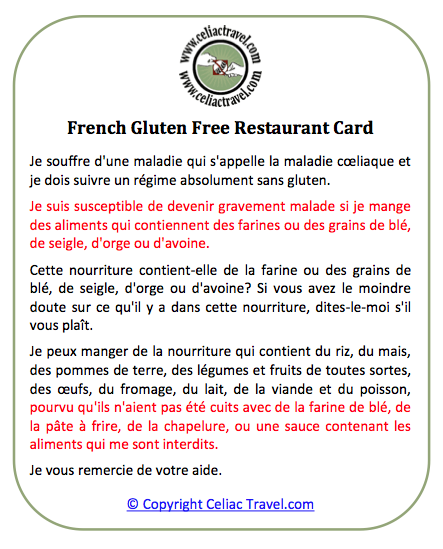
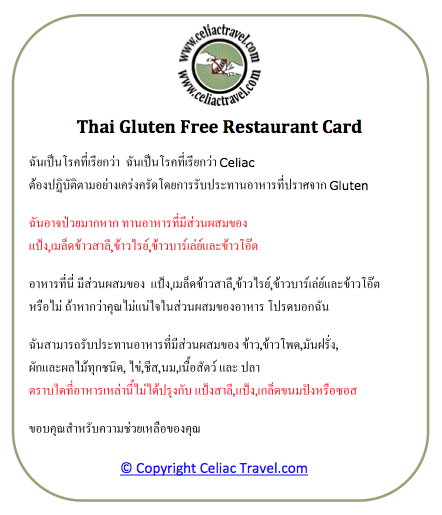
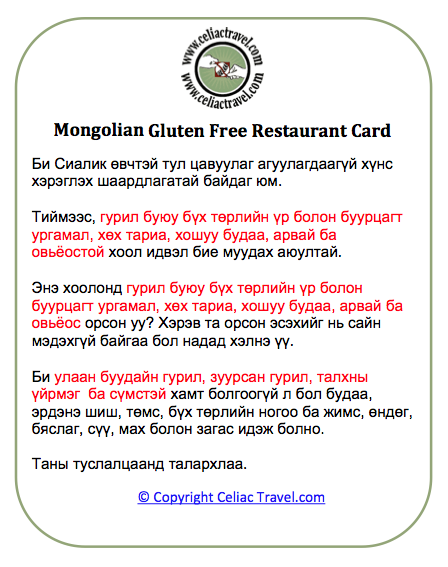



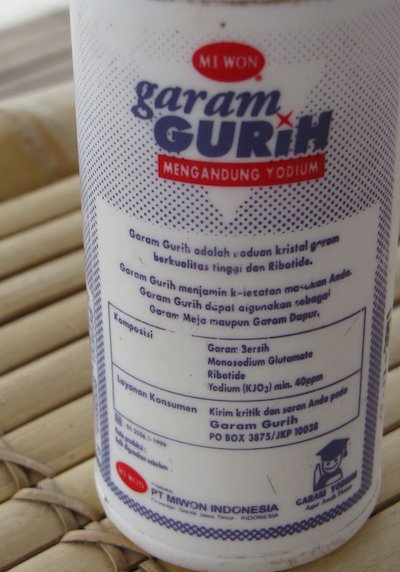
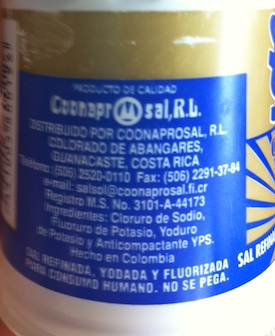
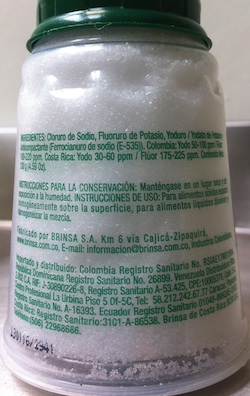

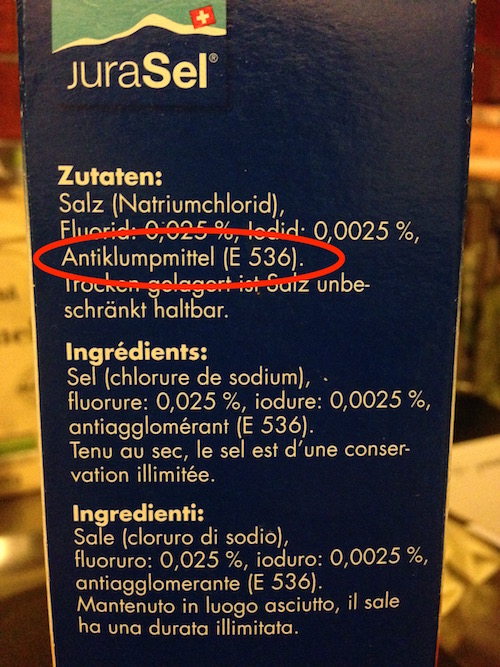





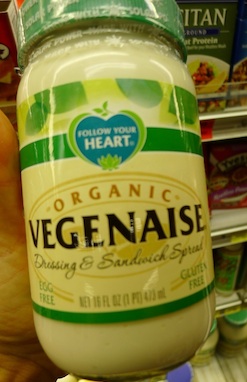
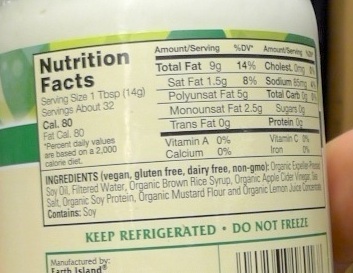
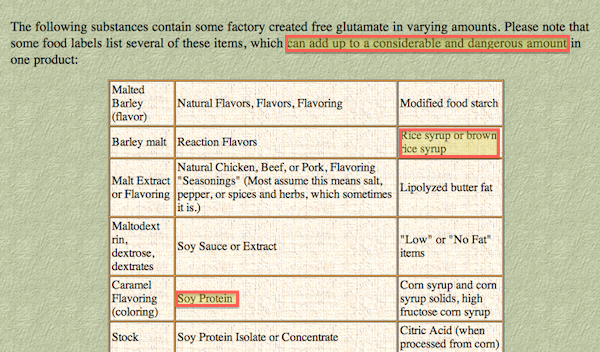
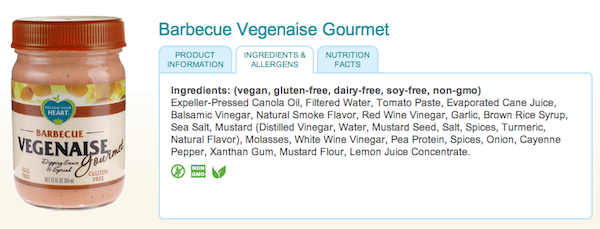


















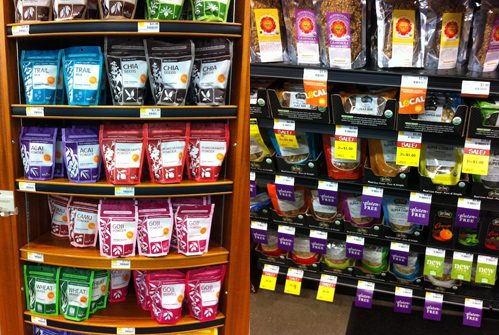

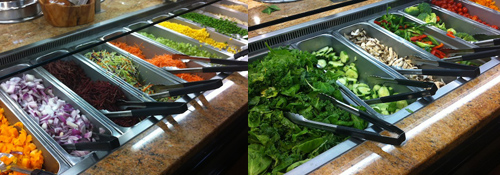




Follow Jennifer